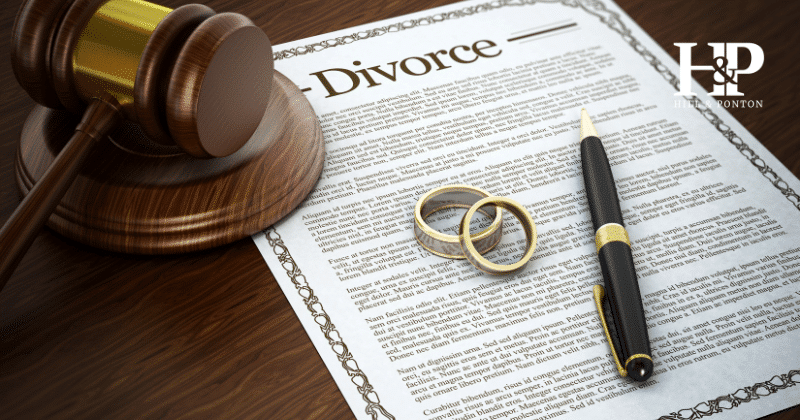Both men and women have historically been involved in supporting our country [both in service or other roles] and its resulting freedoms. As the years have progressed, more and more women have taken more active roles in the military; however, as is in the public sector, they have often been misguided or treated as second class citizens.
When it comes to the VA, women are entitled to the same VA benefits and services as their male counterparts. [I italicized entitled simply because, although I believe it to be true, I also believe that women have different needs than men and therefore, require those types of benefits to support those needs.] In contrast, the same is true for men; however, it is women that are the topic of this discussion.
For most female veterans, returning to civilian life is a long and arduous journey back to reality. Having served our country in the military they are strong and heroic on the surface, but their contributions to our nation and freedoms are oftentimes taken for granted and under-recognized. Readjustment to post-military life is very different for women than for men. The needs of women are much more complex in comparison to men spanning areas that include:
- health care
- sexual assault
- employment
- housing
- finance
- social issues
Research has found that one of the biggest obstacles women face is a culture where they are not considered to be equal or even welcome. It is amazing that in 2015 our nation STILL does not recognize women as equals to their male counterparts. We see this everyday with the issue of equal pay for equal jobs as an example. The women are or could be some male’s mother, sister, wife, daughter, or spouse. This is a critical default in the system and needs to be addressed with the same dignity as it is and has been for male veterans.
Looking at the percentages today – approximately 20% of new recruits are women; of the 1.4 million active duty members women represent 14.5%; and, 18% of the 850,000 reservists are women. In addition to these statistics, nearly 280,000 women have served in the military Post-9/11. The most interesting fact of all…the number of women in the military is expected to grow at phenomenal rates while a decline in male veterans is expected by the year 2020. That is less than five years from now! Being subjected to the rigors of the military undoubtedly makes them stronger; however, a significant number still have difficulty transitioning to civilian life and need extra support with health care.
The VA’s own research shows that one in five women veterans has delayed or gone without any type of necessary medical care in the past year. The question is why? The answer, according to extensive research and studies, is gender-sensitivity. In other words, the VA simply doesn’t know how to address the needs that vary dramatically from men when it comes to health care – never mind the differences between the two genders psychologically. And what about returning to the workforce? This, as with males, is another challenge that most definitely has to have a solution; especially in the times in which we live.
The time has come for the VA to step up to the plate and address those key areas that require immediate action or change. In Parts II and III I will explore in more detail 27 specific issues impacting women veterans today and what to expect on their “long journey home”.

